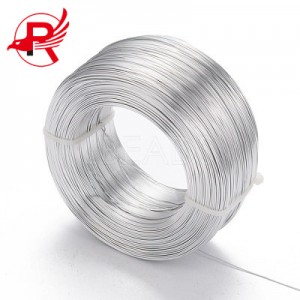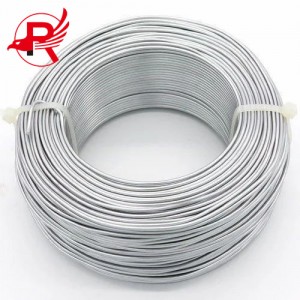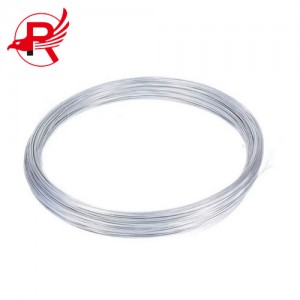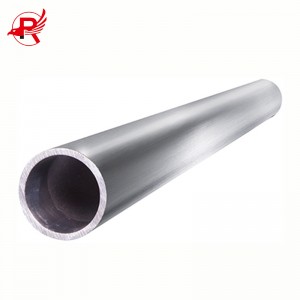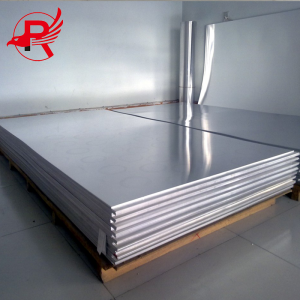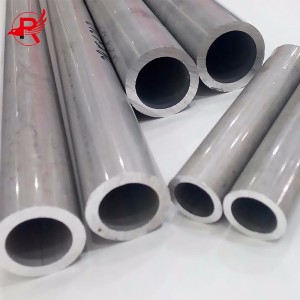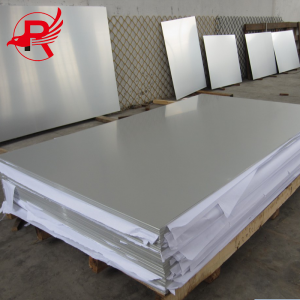Factory Sale 1.6mm 500meter Stranded Electric Wire For Security Fence aluminium fencing wire
Product Detail
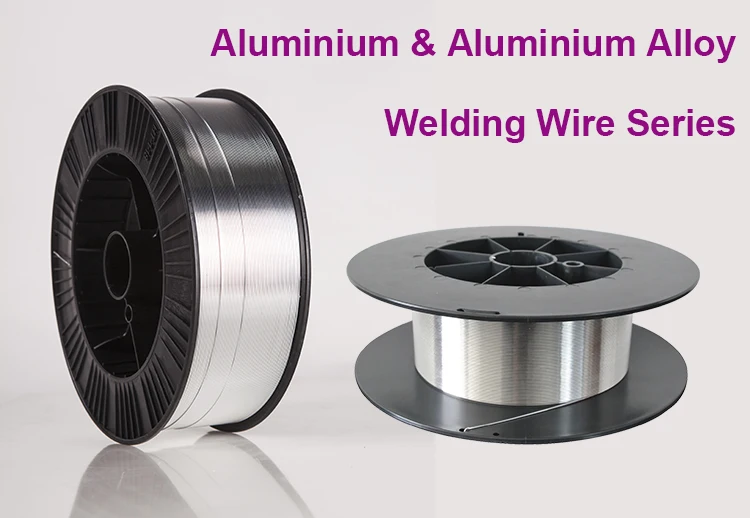
Aluminum wire is typically produced through a process called continuous casting, where molten aluminum is continuously poured into a mold to form a solid wire. It can also be produced by extrusion, where the aluminum is forced through a shaped die to form a wire with a specific cross-sectional shape.
One of the key advantages of aluminum wire is its lighter weight compared to copper wire. This makes it easier to handle and transport, and also reduces the overall weight of electrical systems. In addition, aluminum wire has good electrical conductivity, although it is slightly lower than that of copper.
Aluminum wire is commonly used in various electrical applications, including residential and commercial wiring, power distribution systems, electrical motors, transformers, and overhead power transmission lines. It can also be found in other industries such as telecommunications, automotive, aerospace, and construction.
However, it's important to note that aluminum wire has different electrical and mechanical properties compared to copper wire. It has a higher electrical resistance, which can result in increased resistive losses and heat generation. Therefore, proper installation techniques and considerations should be followed to ensure the safe and efficient use of aluminum wire in electrical systems. These may include using larger gauge sizes, utilizing connectors specifically designed for aluminum wire, and applying proper insulation and terminations to mitigate the risks associated with aluminum wire's characteristics.
SPECIFICATIONS FOR ALUMINUM WIRE
|
Produce name
|
Aluminum tube
|
|
Material
|
Anodized Aluminum
|
|
Size
|
Dia 1.0/1.5/2.0/2.5/3/4-6mm,Please contact us for custom size
|
|
MOQ
|
100
|
|
Product Usage
|
Great for making jewelry components wire wrapped pendants
|
|
Payment
|
Alibaba payment,T/T, western union, moneygram etc.
|
|
Diameter
|
0.05-10 mm
|
|
Surface Finish
|
Brushed,polished,mill finish, power coated,sand blast
|
|
Standard package
|
Wooden pallets, Wooden cases or according to customer's requests
|
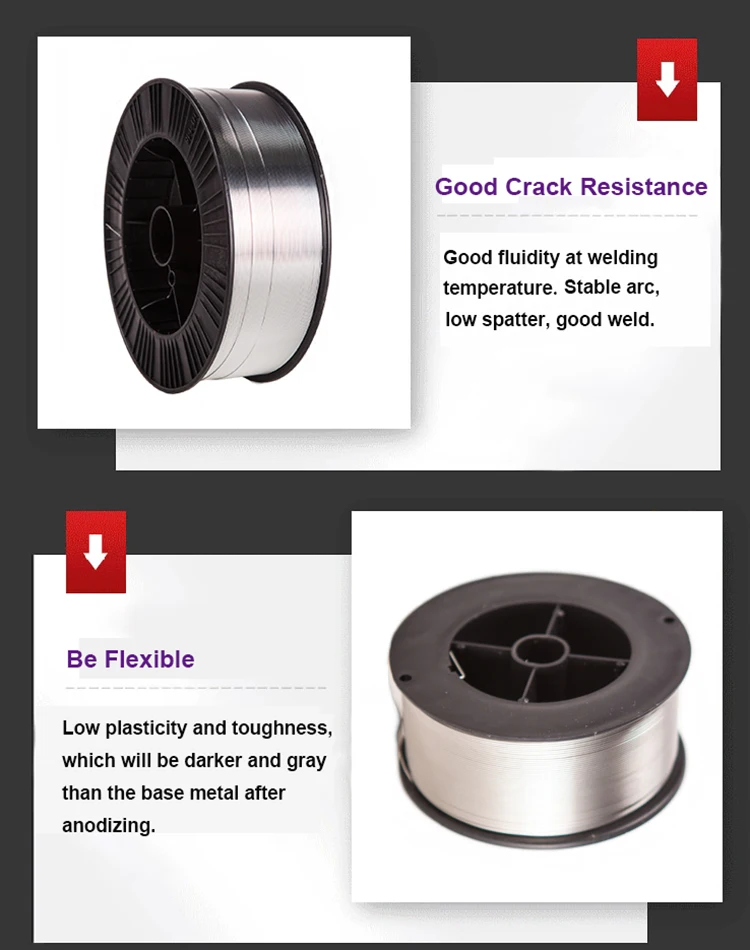
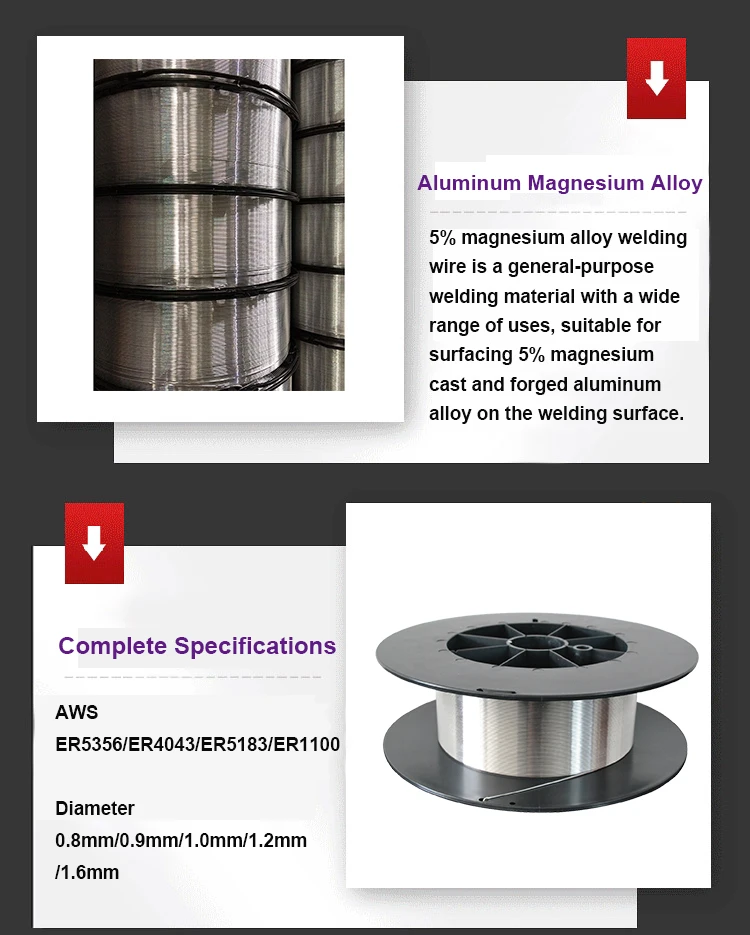
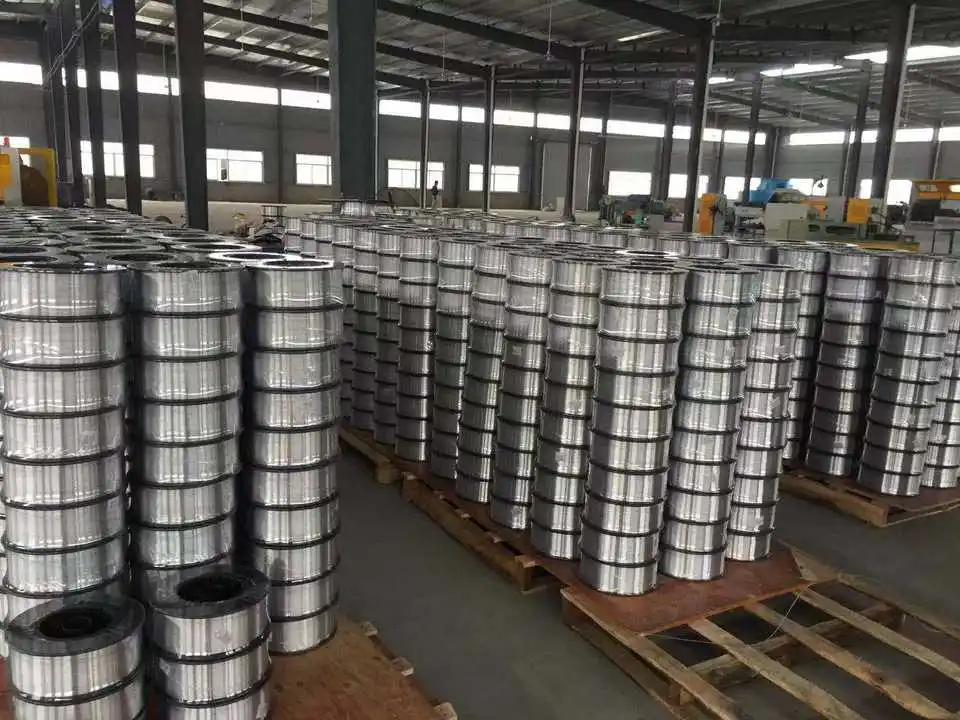
SPECIFIC APPLICATION
Aluminum wire has a wide range of applications across different industries. Here are some common uses of aluminum wire:
Electrical Wiring: Aluminum wire is often used in residential, commercial, and industrial electrical wiring systems. It can be used for power distribution, lighting, and general-purpose wiring.
Overhead Power Transmission Lines: Aluminum wire is commonly used for overhead power transmission and distribution lines due to its high conductivity, light weight, and cost-effectiveness.
Electrical Motors: Aluminum wire is widely used in the construction of electrical motors, including motors for industrial machinery, appliances, and automobiles.
Transformers: Aluminum wire is used in the winding coils of transformers, which are key components in electrical power systems for stepping up or stepping down voltage.
Cables and Conductors: Aluminum wire is used in the manufacturing of various types of cables and conductors, including power cables, control cables, and coaxial cables.
Telecommunications: Aluminum wire is used in telecommunications systems, including telephone lines and network cables.
Automotive Industry: Aluminum wire is used in various electrical components of automobiles, including wiring harnesses, connectors, and sensors.
Construction: Aluminum wire is used in construction applications such as electrical conduit systems, HVAC (heating, ventilation, and air conditioning) installations, and lighting fixtures.
Aerospace and Aviation: Aluminum wire is used in the construction of aircraft and spacecraft due to its lightweight and high strength-to-weight ratio.
Decorative and Artistic Applications: Aluminum wire is used by artists and craftsmen for creating sculptures, jewelry, and other decorative items due to its malleability and ease of shaping.
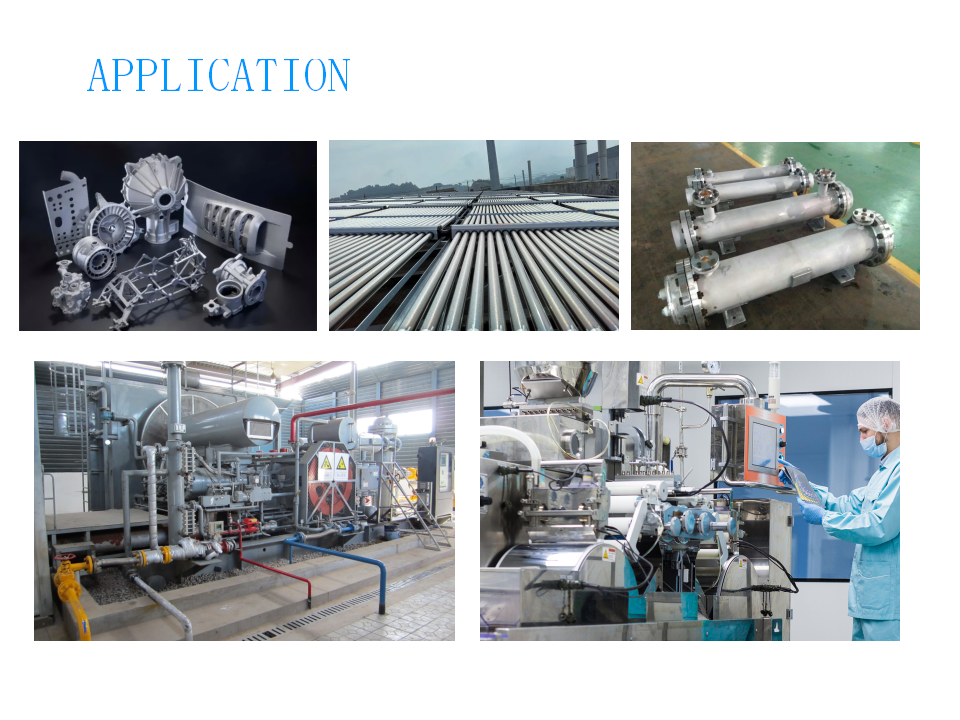
Packaging & Shipping
Bulk Packaging: For large quantities of aluminum wire, bulk packaging is often used. This involves bundling the wire together and securing it with plastic or metal straps. The bundled wire can be placed on pallets for easier handling and transportation.
Reels or Spools: Aluminum wire is often wound onto reels or spools for easy dispensing and storage. The wire is typically wound tightly and secured with ties or clips to prevent unraveling. Reels or spools can be made from plastic, wood, or metal, depending on the size and weight of the wire.
Coils or Coils in Boxes: Aluminum wire can be coiled and either left as loose coils or placed into boxes for added protection. Coiling helps minimize tangling and makes the wire easier to handle. The coils can be secured with ties or bands to keep them in place.
Reel-less Packaging: Some suppliers offer reel-less packaging options where the aluminum wire is wound into coils without using traditional spools or reels. This method reduces packaging waste and allows for more efficient storage and shipping.
Protective Packaging: Regardless of the packaging method used, it is important to ensure that proper protective measures are taken. This can include using plastic or foam sleeves around the wire to protect against scratches and damage during transportation. Additionally, using sturdy outer packaging materials such as cardboard boxes or crates can provide further protection.





